The Hubble Space Telescope has been enhancing our understanding of the universe through breathtaking images for 30 years — PBS Digital Studios celebrates Hubble’s 30th anniversary.
Get the latest international news and world events from around the world.
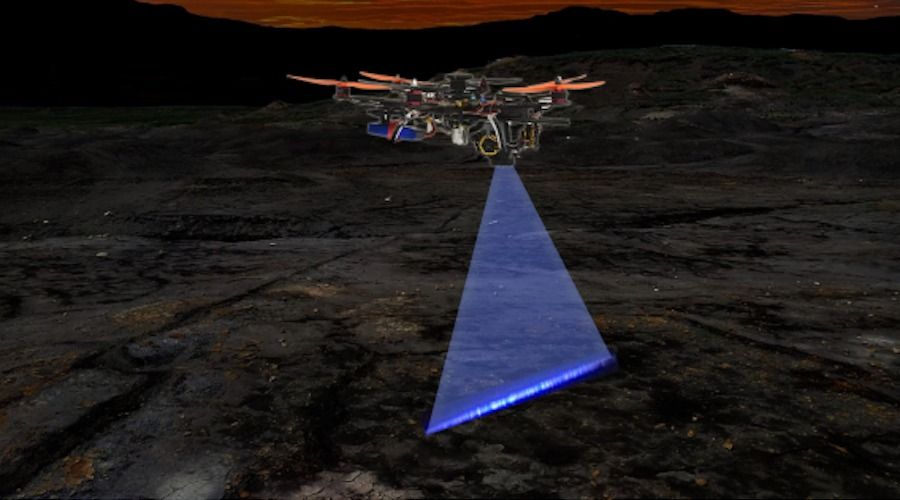
Hydroxychloroquine lowers COVID-19 death rate, Henry Ford Health study finds
Well this is interesting:
A Henry Ford Health System study shows the controversial anti-malaria drug hydroxychloroquine helps lower the death rate of COVID-19 patients, the Detroit-based health system said Thursday.
Officials with the Michigan health system said the study found the drug “significantly” decreased the death rate of patients involved in the analysis.
The study analyzed 2,541 patients hospitalized among the system’s six hospitals between March 10 and May 2 and found 13% of those treated with hydroxychloroquine died while 26% of those who did not receive the drug died.
Heads of the Michigan health system said Thursday the study found the drug “significantly” decreased the death rate of patients.
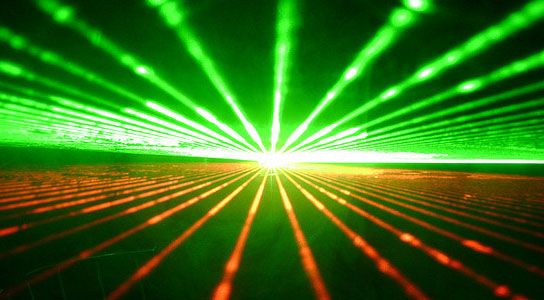
Fastest Laser Blast — 67 Quintillionths of a Second
face_with_colon_three Circa 2012
Scientists have been able to generate the world’s fastest laser pulse with a beam shot for 67 attoseconds (0.000000000000000067 seconds). This breaks the previous record of 80 attoseconds that was established in 2008. This could help engineers see extremely rapid quantum mechanical processes, like the movements of electrons during chemical reactions.
The researchers published their findings in the journal Optics Letters. This will allow the study of electron motions with attosecond pulses. The blast was obtained by sending pulses from a titanium-sapphire near-infrared laser through a system known as double optical gating (DOG) in which the gate concentrates the energy of extreme ultraviolet light pulses and focuses them on a cell filled with neon gas.
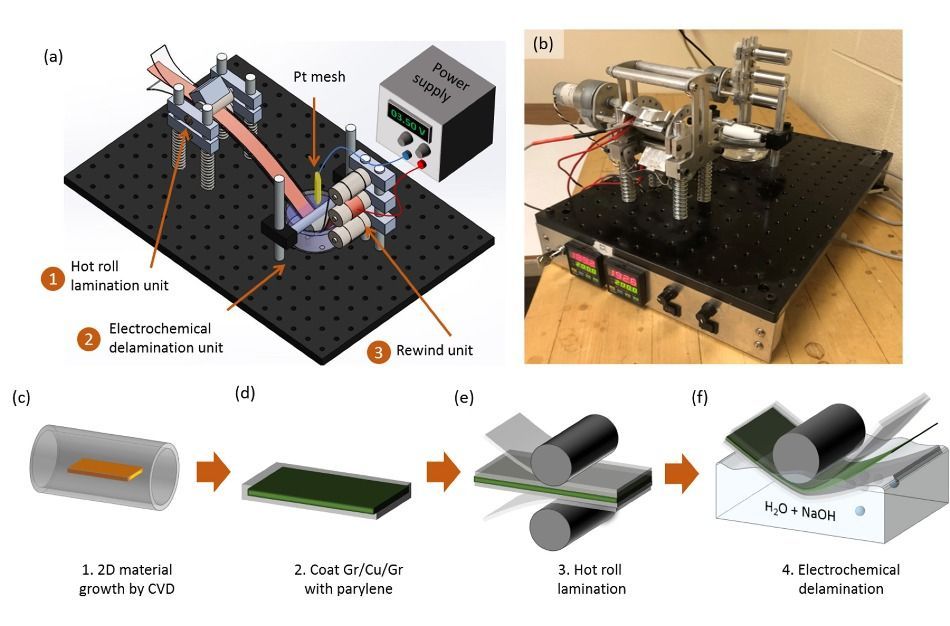
How Transparent Graphene Electrodes Could Aid Solar Cell Generation
A new technique of manufacturing graphene could revolutionize solar power by enabling the creation of ultra-lightweight, flexible solar panels.
A novel technique developed by researchers at the Michigan Institute of Technology (MIT) that allows for the creation of large sheets of graphene — a layer of single carbon atoms extracted from graphite — could have a significant impact on the development of future electronic devices.
In particular, the development could give a significant boost to the field of solar power where graphene is used as a replacement for indium tin oxide (ITO) in the creation of electrodes. The resultant transparent and light electrodes can bend up to 78 ⁰ — much more flexible than traditional ITO electrodes.
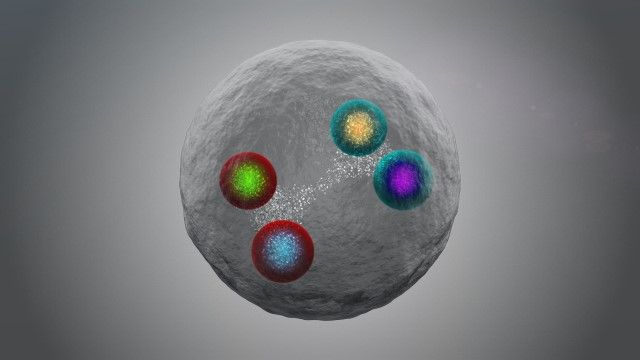
Four-charm tetraquark has been spotted at CERN
The first tetraquark comprising all charm quarks and antiquarks may have been spotted by physicists working on the LHCb experiment on the Large Hadron Collider (LHC) at CERN. The exotic hadron was discovered as it decayed into two J/ψ mesons, each of which is made from a charm quark and charm antiquark. The particle appears to be the first known tetraquark to be made entirely of “heavy quarks”, which are the charm and beauty quarks (but not the top quark, which is the heaviest quark but does not form hadrons).
“Particles made up of four quarks are already exotic, and the one we have just discovered is the first to be made up of four heavy quarks of the same type, specifically two charm quarks and two charm antiquarks,” explains Giovanni Passaleva, who is just stepping down as spokesperson for LHCb. “Up until now, the LHCb and other experiments had only observed tetraquarks with two heavy quarks at most and none with more than two quarks of the same type.”
The new tetraquark is dubbed X(6900), with the number referring to its mass of 6900 MeV/c2 (6.9 GeV/c2). The X denotes the fact that LHCb physicists are not yet certain about key properties of the particle including its spin, parity and quark content.

Rimac C_Three Rendering Is a Four-Seat 1,900 HP Electric Hypercar
:3333
Rimac Automobili went very quickly from a company that built subassemblies for others to one that produces some of the quickest, most desirable electric hypercars on the market. The man behind it all is Mate Rimac, a 32-year-old Croatian with a passion for electricity and innovation and, we presume, never-take-no-for-an-answer kind of attitude.
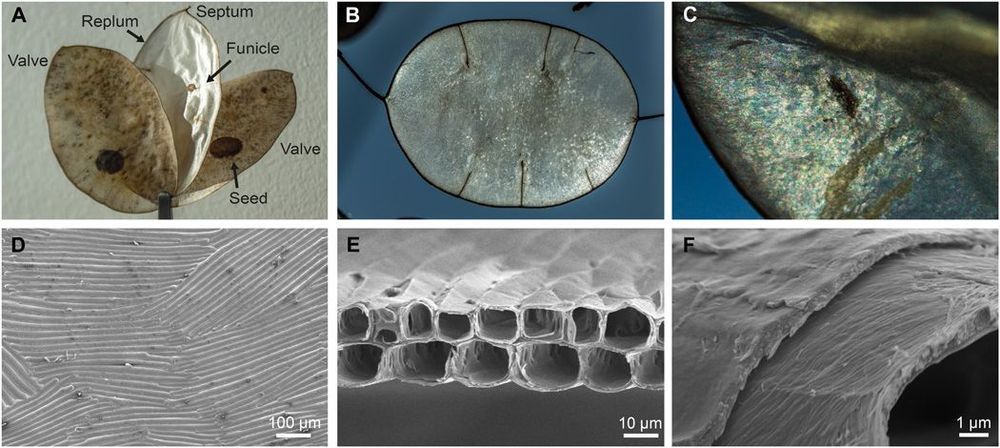
Photonic paper: Multiscale assembly of reflective cellulose sheets in Lunaria annua
Bright, iridescent colors observed in nature are often caused by light interference within nanoscale periodic lattices, inspiring numerous strategies for coloration devoid of inorganic pigments. Here, we describe and characterize the septum of the Lunaria annua plant that generates large (multicentimeter), freestanding iridescent sheets, with distinctive silvery-white reflective appearance. This originates from the thin-film assembly of cellulose fibers in the cells of the septum that induce thin-film interference–like colors at the microscale, thus accounting for the structure’s overall silvery-white reflectance at the macroscale. These cells further assemble into two thin layers, resulting in a mechanically robust, iridescent septum, which is also significantly light due to its high air porosity (70%) arising from the cells’ hollow-core structure. This combination of hierarchical structure comprising mechanical and optical function can inspire technological classes of devices and interfaces based on robust, light, and spectrally responsive natural substrates.
Structural color has captured the fascination of optical researchers through numerous observations throughout history, both in naturally occurring structures and in the animal world (1–3). Plants have also evolved structural colors to fulfill a variety of functions (4–7): Structurally colored leaves (8–10), flowers (11, 12), and fruits (4, 5, 13, 14) are used by plants to regulate light harvesting (8, 15–17) and attract pollinators (6, 7), while they are also believed to promote seed dispersal (4, 5). The few, so far, described plants whose fruits are structurally colored are understory species living in tropical regions, whose fruits reflect light spanning from deep metallic blue to green when ripe.
Time to Take an Epic Flight Over This Frozen Martian Crater
Korolev crater on Mars—the largest ice skating rink in the solar system, basically—has never looked more enthralling than it does in this impressive new visualization.

